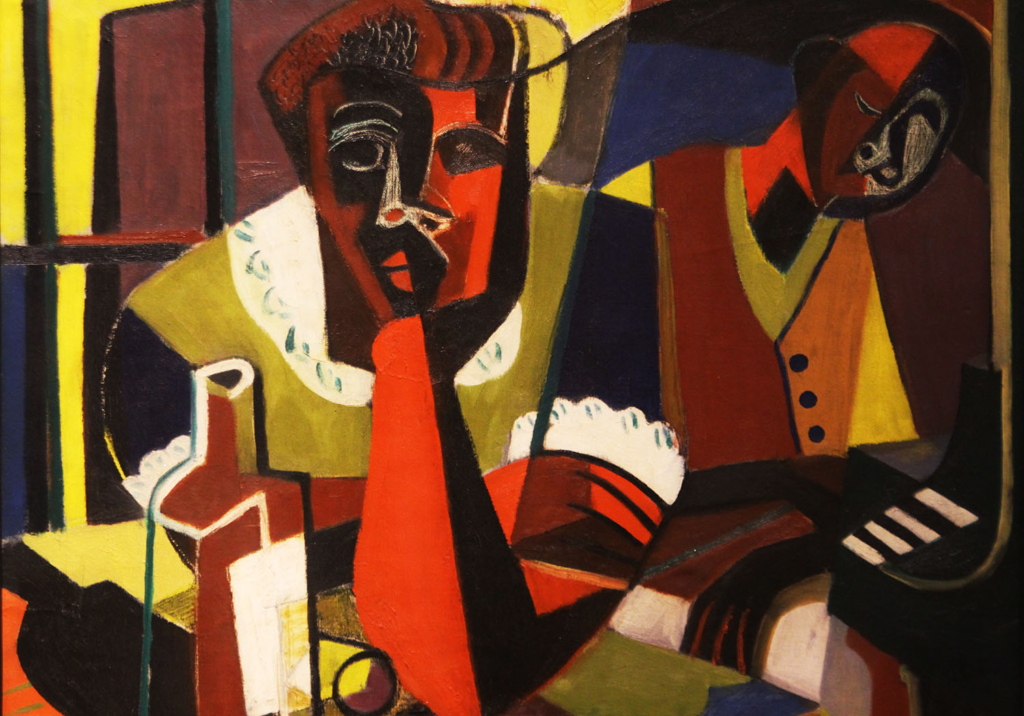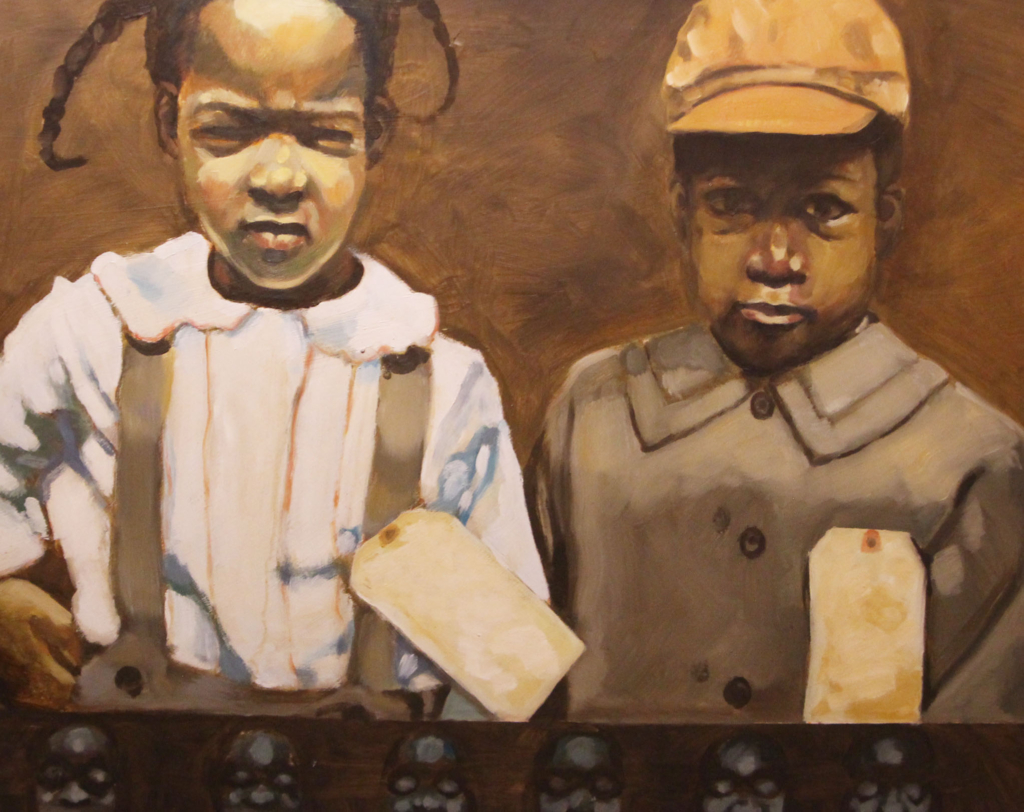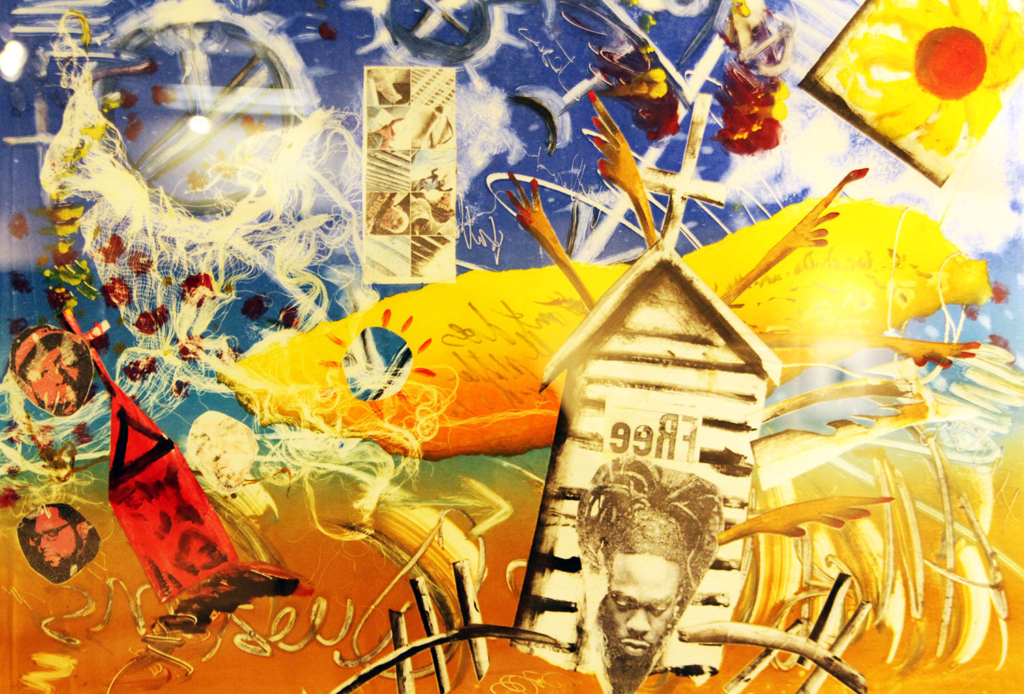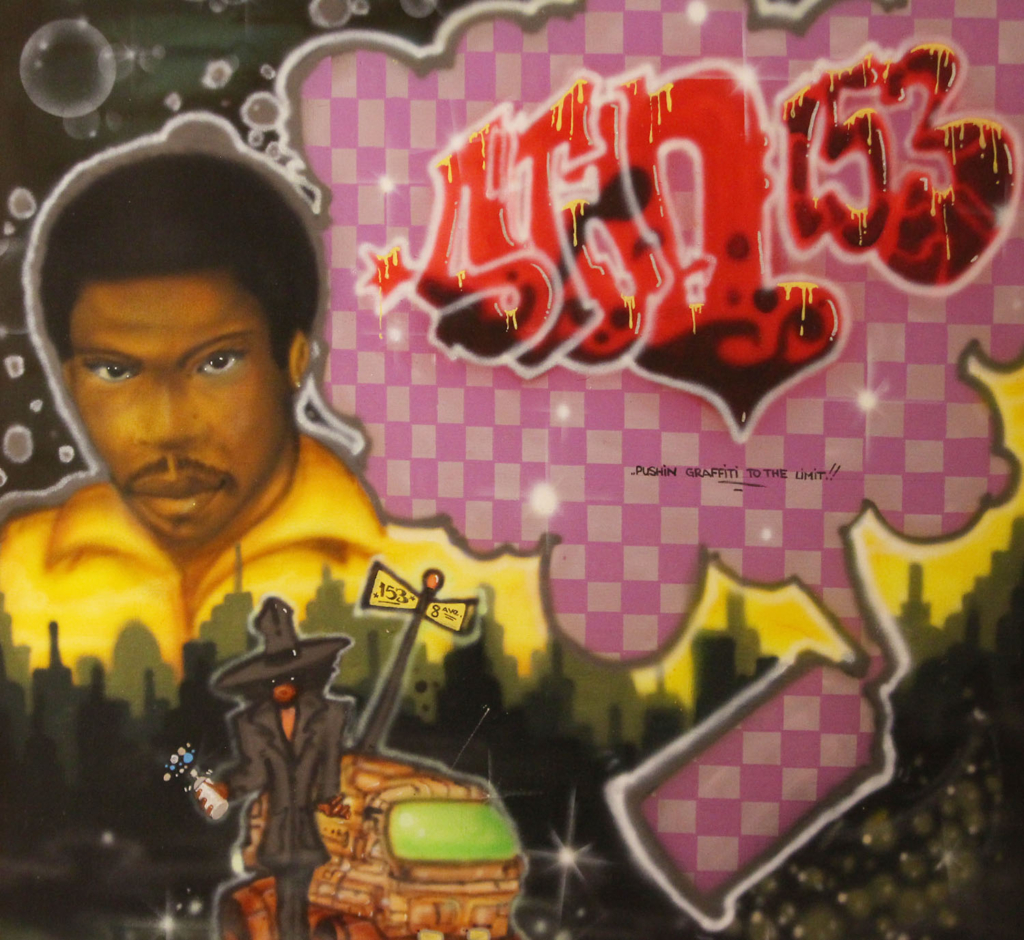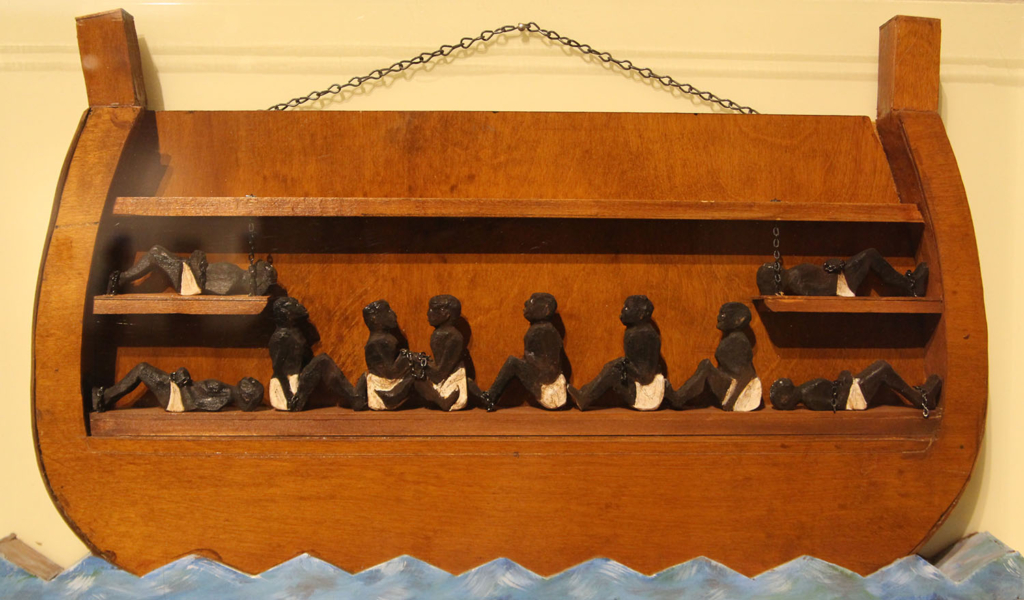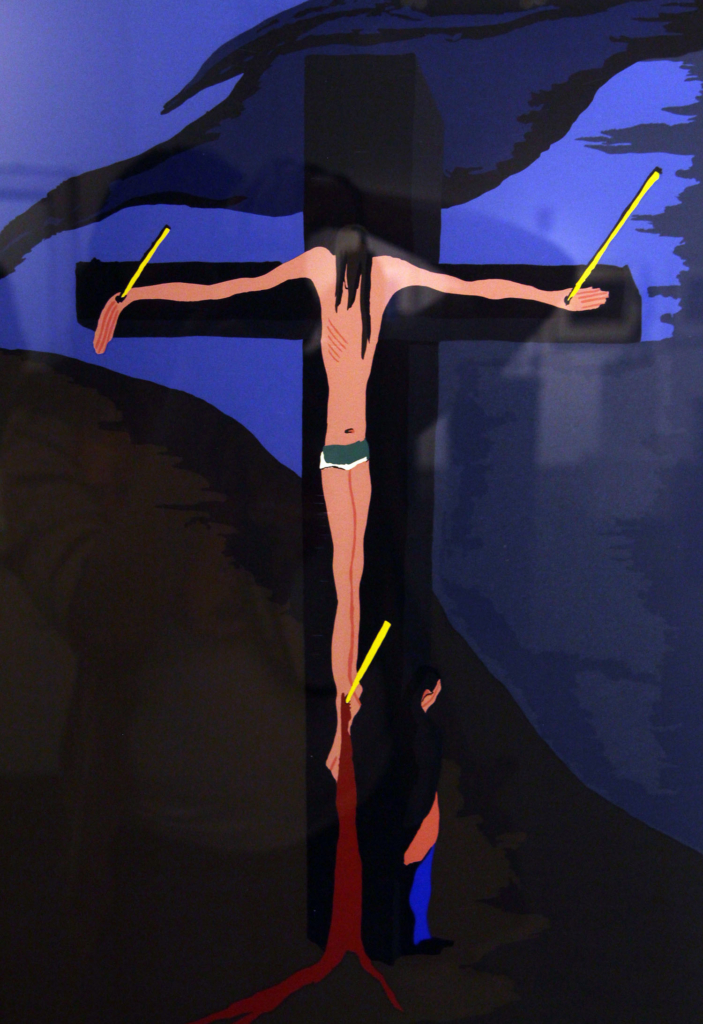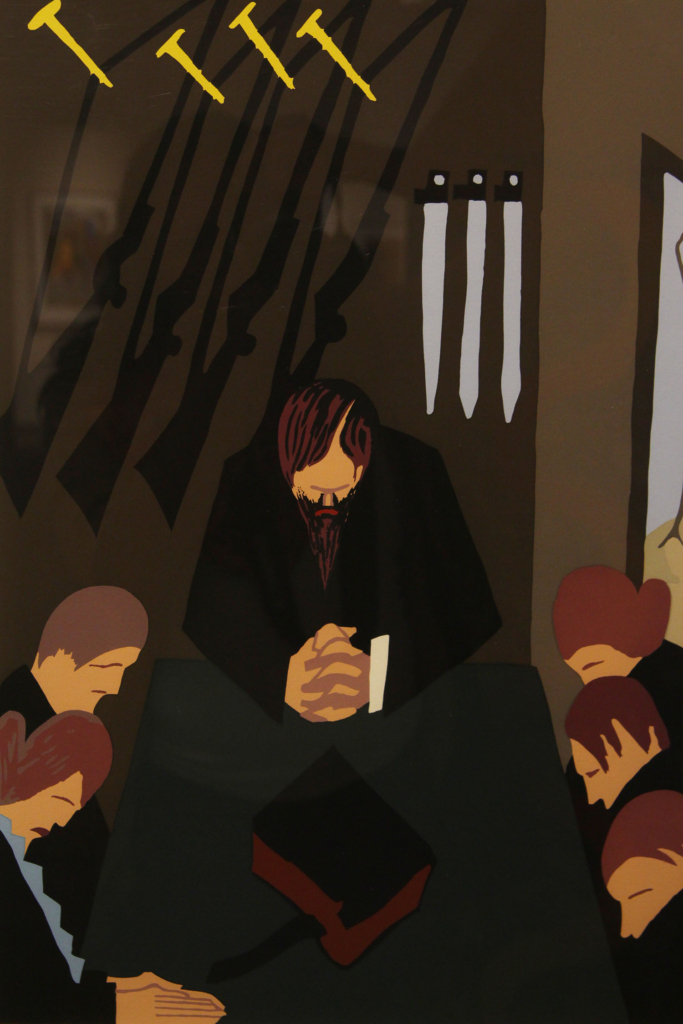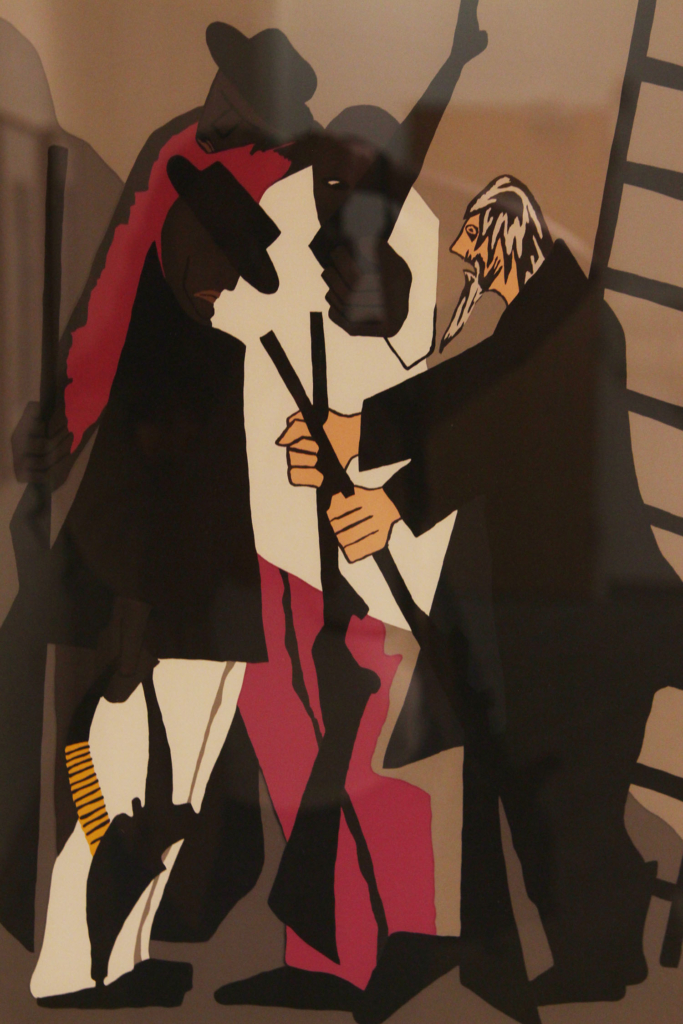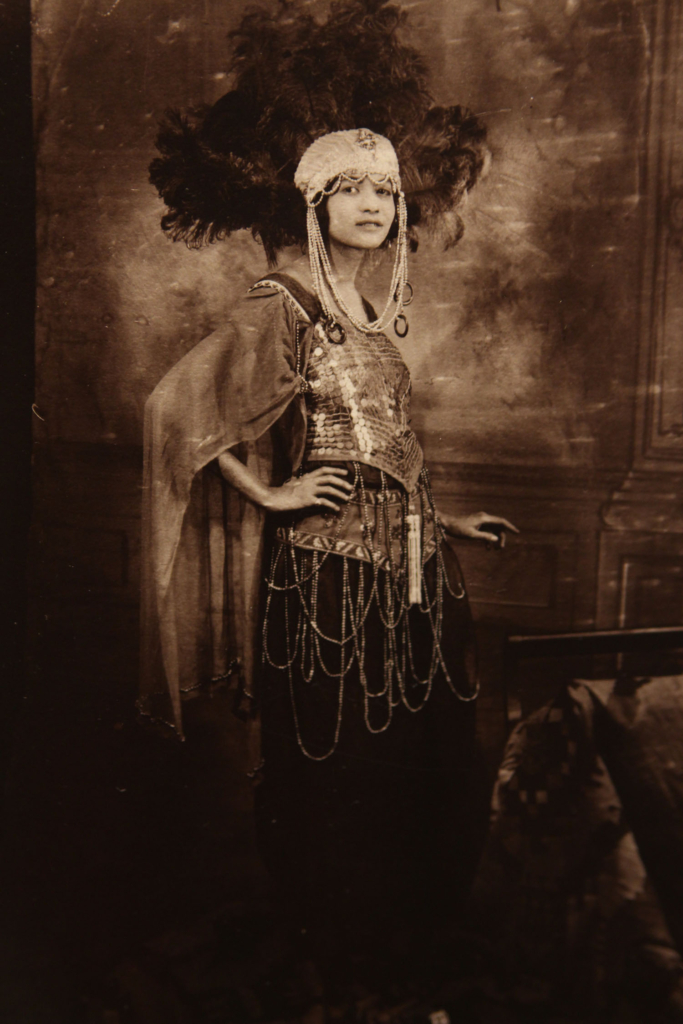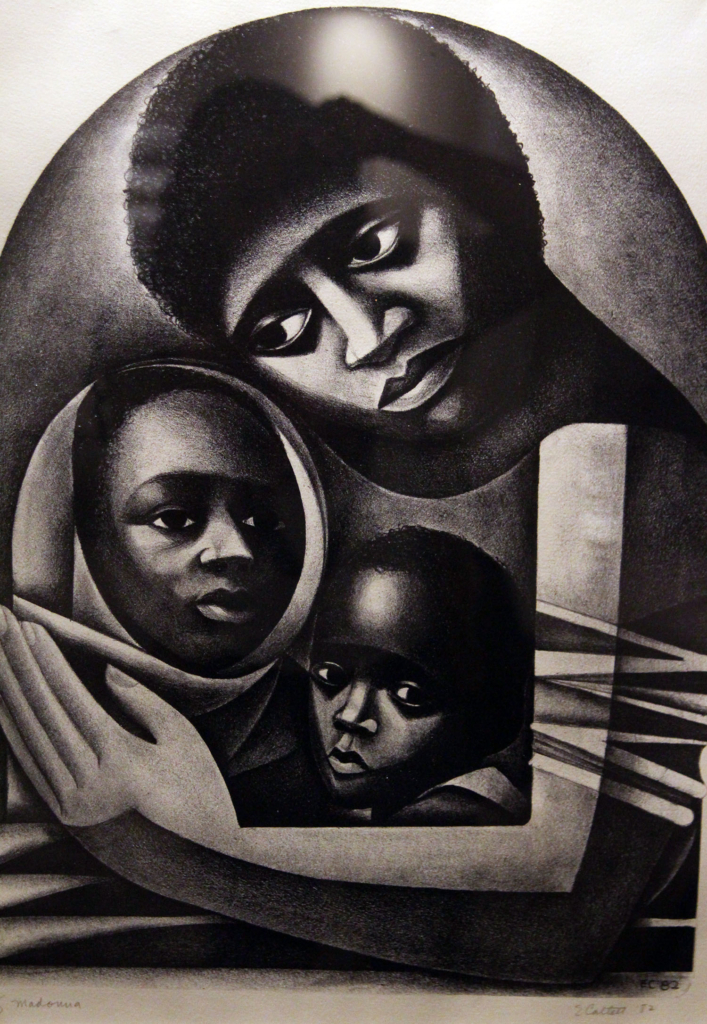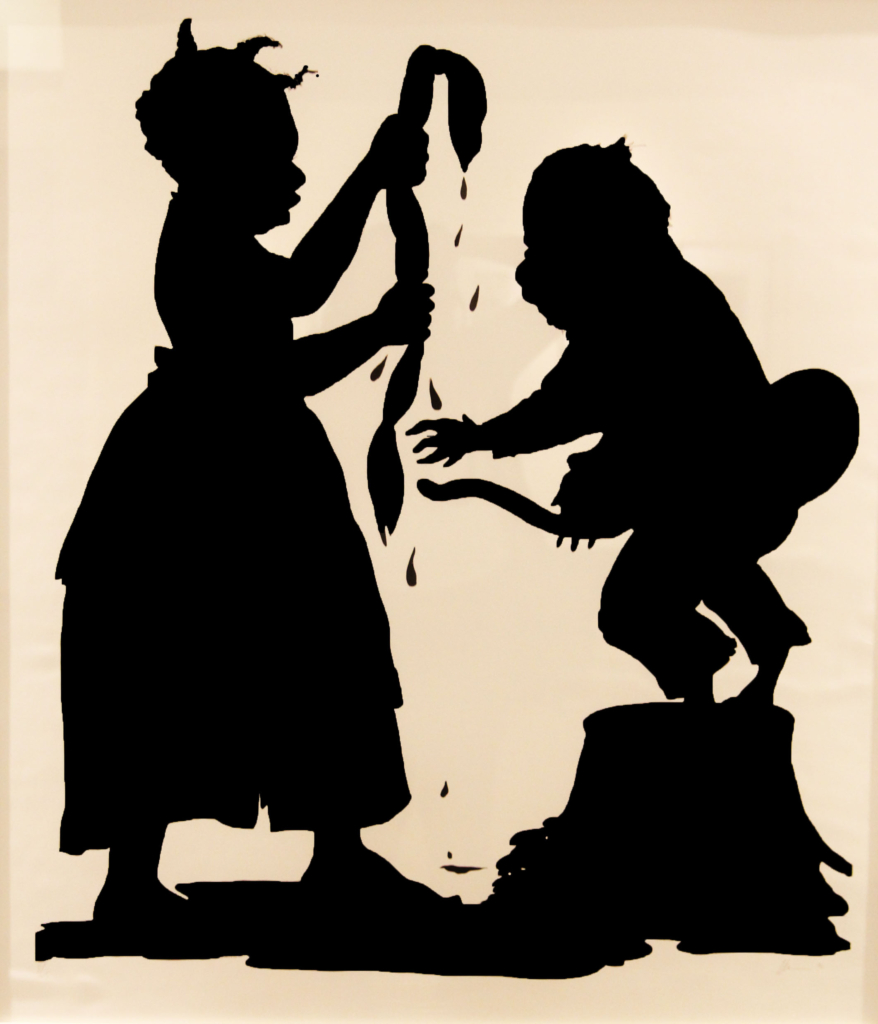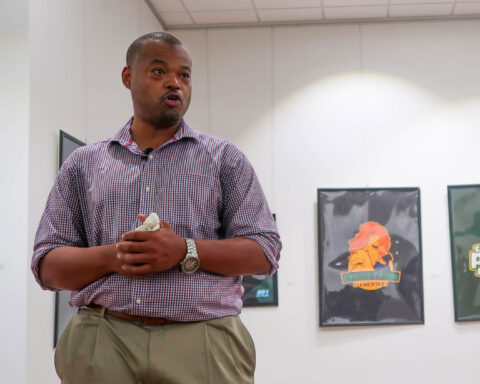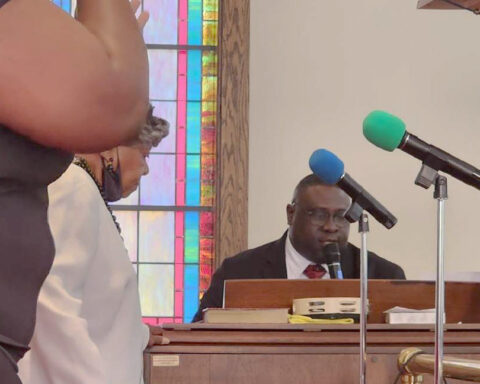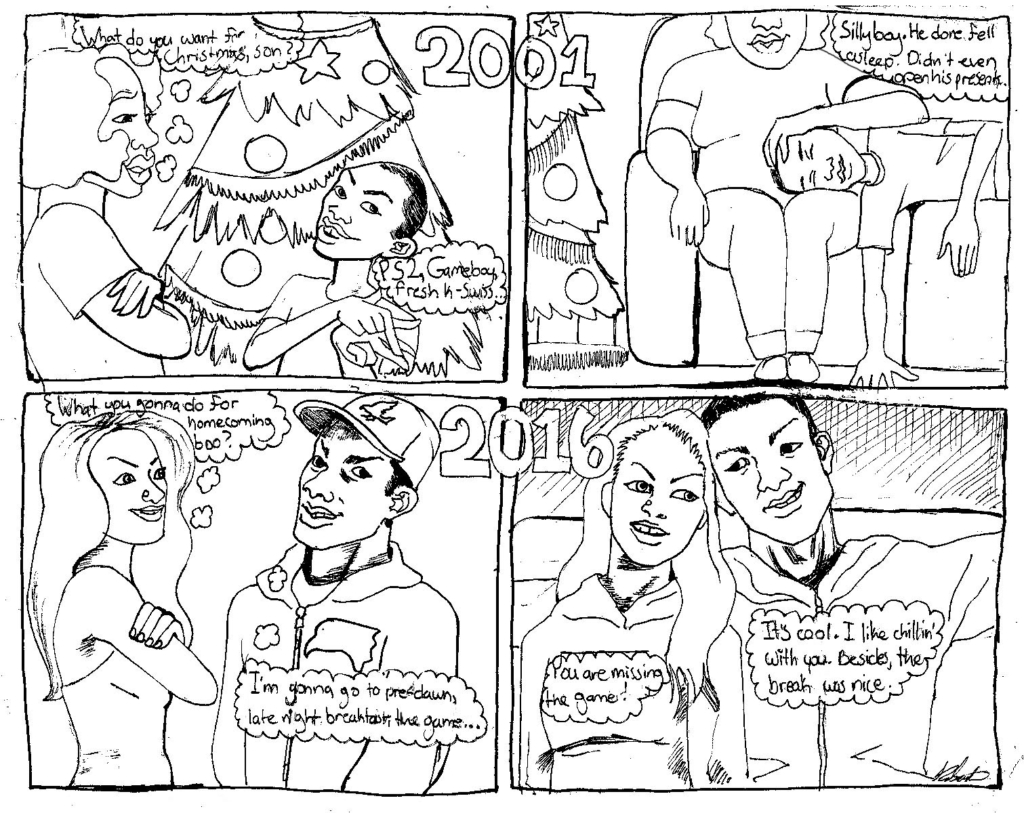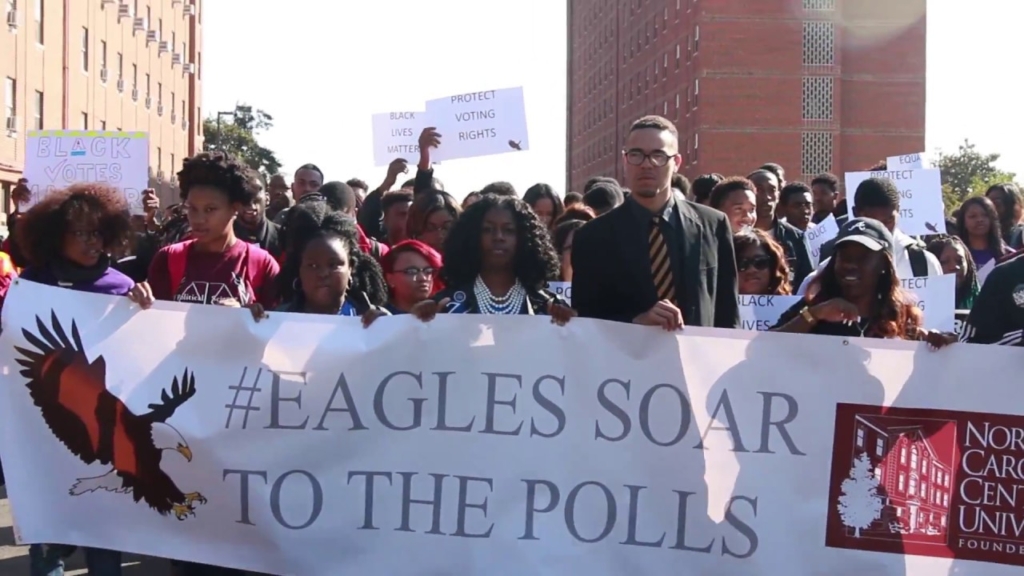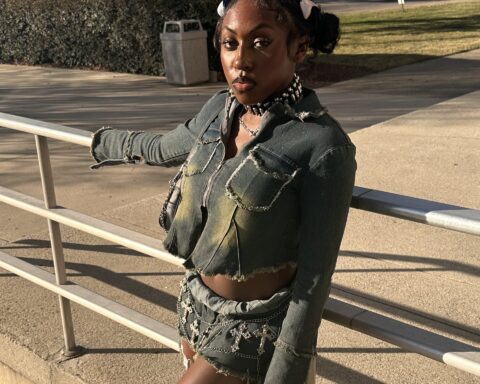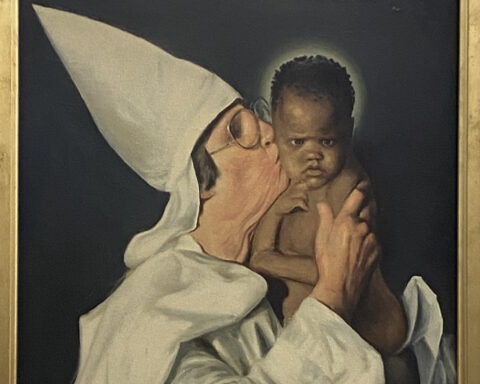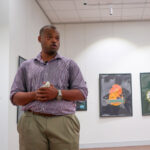N.C. Central University opened its art exhibit, “Embracing Diverse Voices: Ninety Years of African-American Art” to highlight the contributions of African-American artists both famous and lesser known.
The exhibit opened Oct. 15 and closes Dec. 9. Overseeing the exhibit is NCCU Art Director Kenneth Rodgers, who has held his position for more than 20 years.
“I think we have a great opportunity here, with this show, to showcase a wide range of not only artists, but a wide range of expressions. We purposely designated the opening for the 15 (of October) to coincide with the homecoming festivities,” Rodgers said. “Hopefully we can attract an audience that has an interest in African-American art.”
Rodgers said the exhibit’s opening was pushed to after NCCU Football’s game against Savannah State University on the opening day, which is why he decided to open the exhibit shortly after the game ended, around 5 p.m.
The most notable pieces in the exhibit include the contemporary paintings of Kara Walker, the chronicled Harlem Renaissance portraits taken by James Van Der Zee, and the modernist works of the late Elizabeth Catlett, whom Rodgers described as “the most recognized female African-American artist, period.”
Catlett has deep roots in North Carolina. She taught in Durham Public Schools, worked in the NCCU Fine Arts Museum’s permanent collection, and earned an honorary doctorate from NCCU for her life’s work.
Mixed media artist and former NCCU art professor Rosie Thompson was at the opening of Diverse Voices.
One piece that she said caught her attention was Kara Walker’s silhouette painting “I’ll Be a Monkey’s Uncle,” which depicts a young black girl wringing a wet cloth in front of a monkey.
“Think of all the cartoons and propaganda that portrayed blacks as subhuman. Think about how that affected her being ‘related’ (to the monkey),” Thompson said. “A lot of Walker’s work reflects the atrocities of her community. You want the ambiguity, because anyone can walk up to this painting and just think about what’s going on in there.”
Rogers said he and staff at the art museum try to provide students and others with a diverse supply of works.
“We’ve had a pretty successful run here, in terms of providing the Research Triangle community and the university with representative artists who have been, in some cases, cutting-edge, and in other cases, traditionalists,” he said.
Another prominent figure who Rodgers has strongly considered, but did not add to this exhibit, is the late NCCU alumnus Ernie Barnes, who played professional football and became a world-renowned artist best known for his painting, “Sugar Shack.”
Barnes has work in NCCU’s permanent collection, as well.
“Ernie Barnes is best described as a neo-mannerist,” Rodgers said. “A neo-mannerist is an artist who uses the human body as a point of departure, then goes on to stretch the human figure, so I don’t think he would mind the term ‘neo-mannerist being used to describe his art.”
Rodgers said pieces from some Works Progress Administration Era artists would be showcased, as well.
The WPA was created during the Great Depression in 1935 to help create jobs. The Harlem Renaissance was a popular movement at the time, making WPA-era pieces a major part of African-American art history.
NCCU and the Kalamazoo Institute of Arts in Kalamazoo, MI collaborated on the organization of the exhibit.
“Without question, ‘Embracing Diverse Voices: Ninety Years of African-American Art’ is going to provide a once-in-a-lifetime opportunity to see a collection of artists who sometimes fly under the radar,” Rodgers said. “We want to pull them (lesser known artists) from under the rug of history, give them some prominence beyond what they already have.”
Rodgers described the exhibit as “comprehensive” and said he hopes students will take advantage of it.
“We exist for the student body and the greater Raleigh-Durham community, but our main objective is to provide a teaching tool for the student body,” Rodgers said. “We are going to make every effort to connect with the students.”
Story written by Elonzo Willis.

